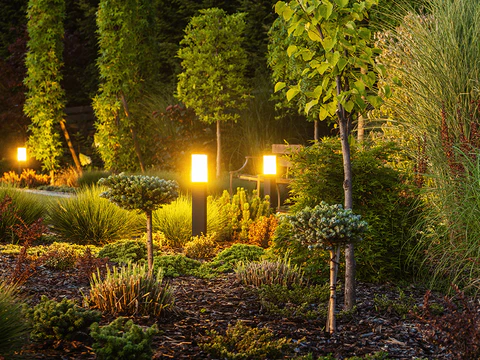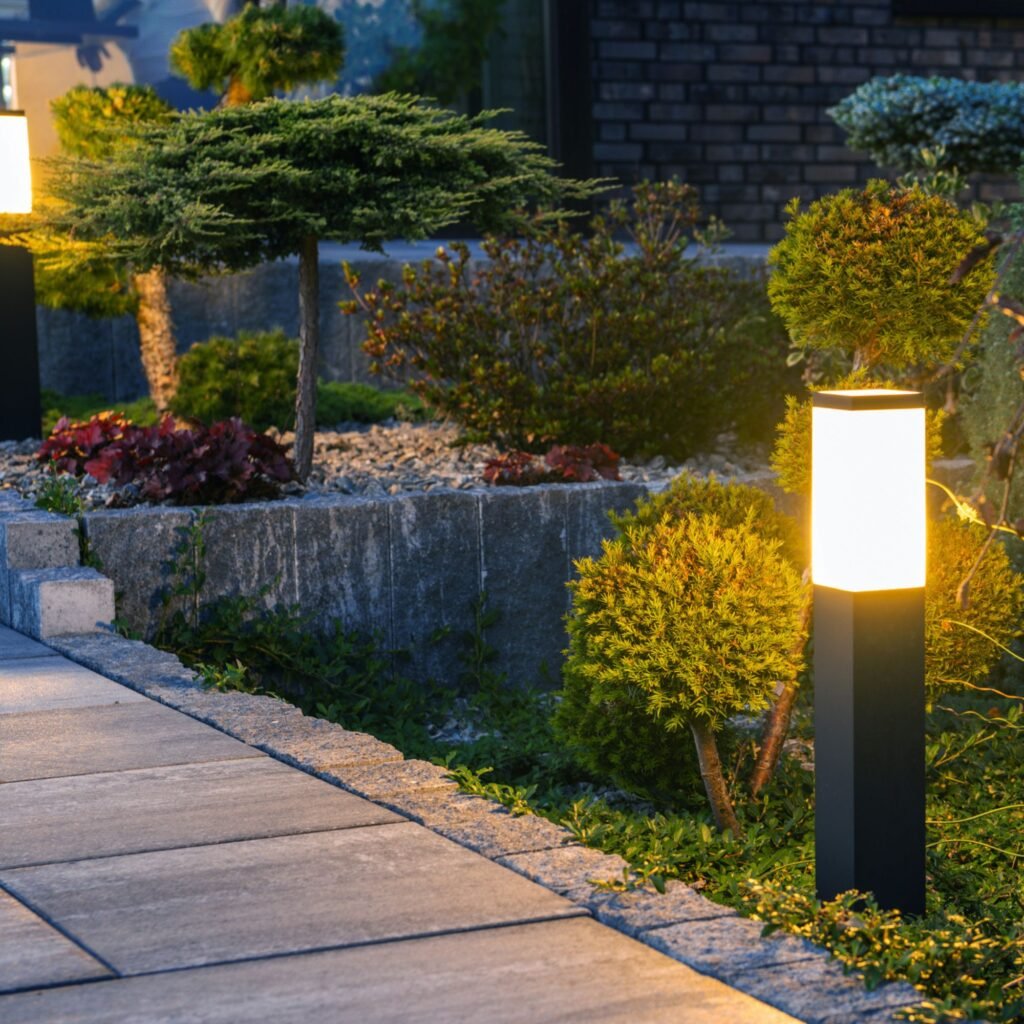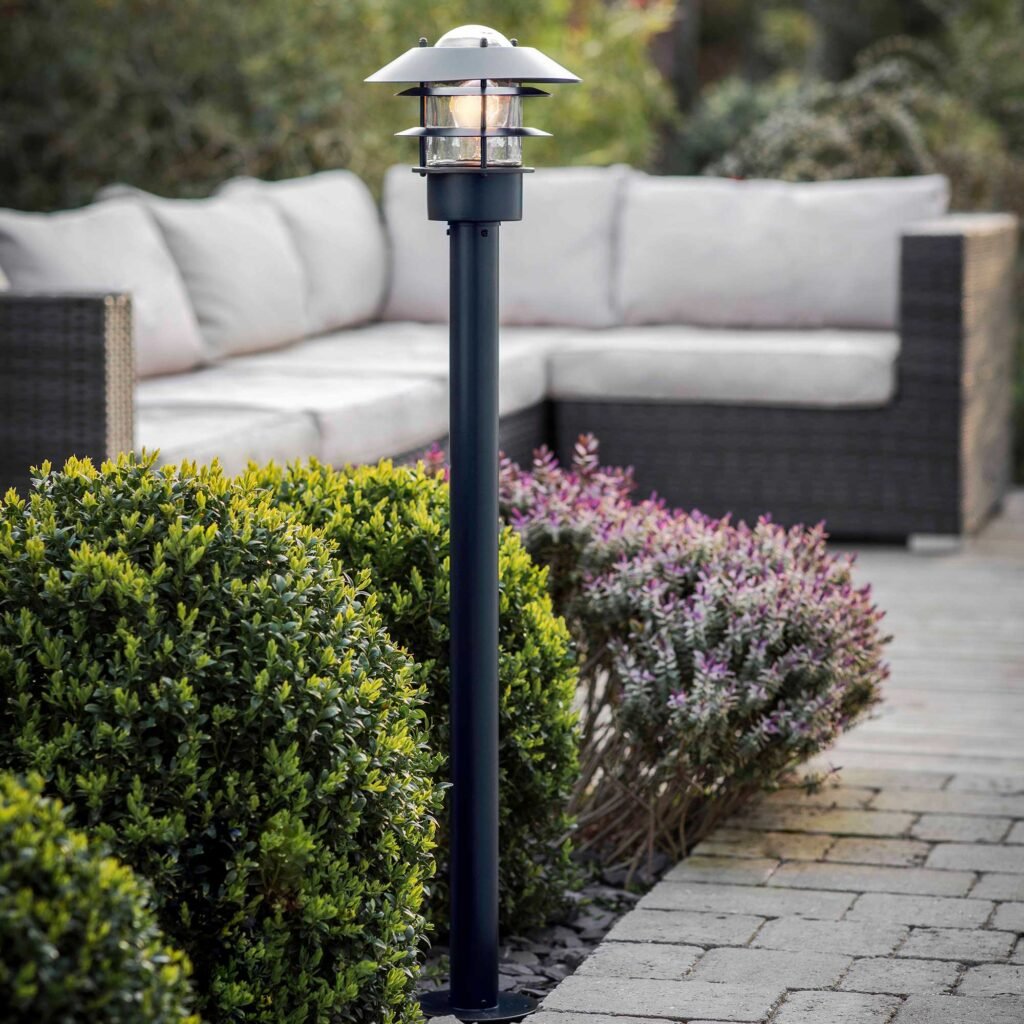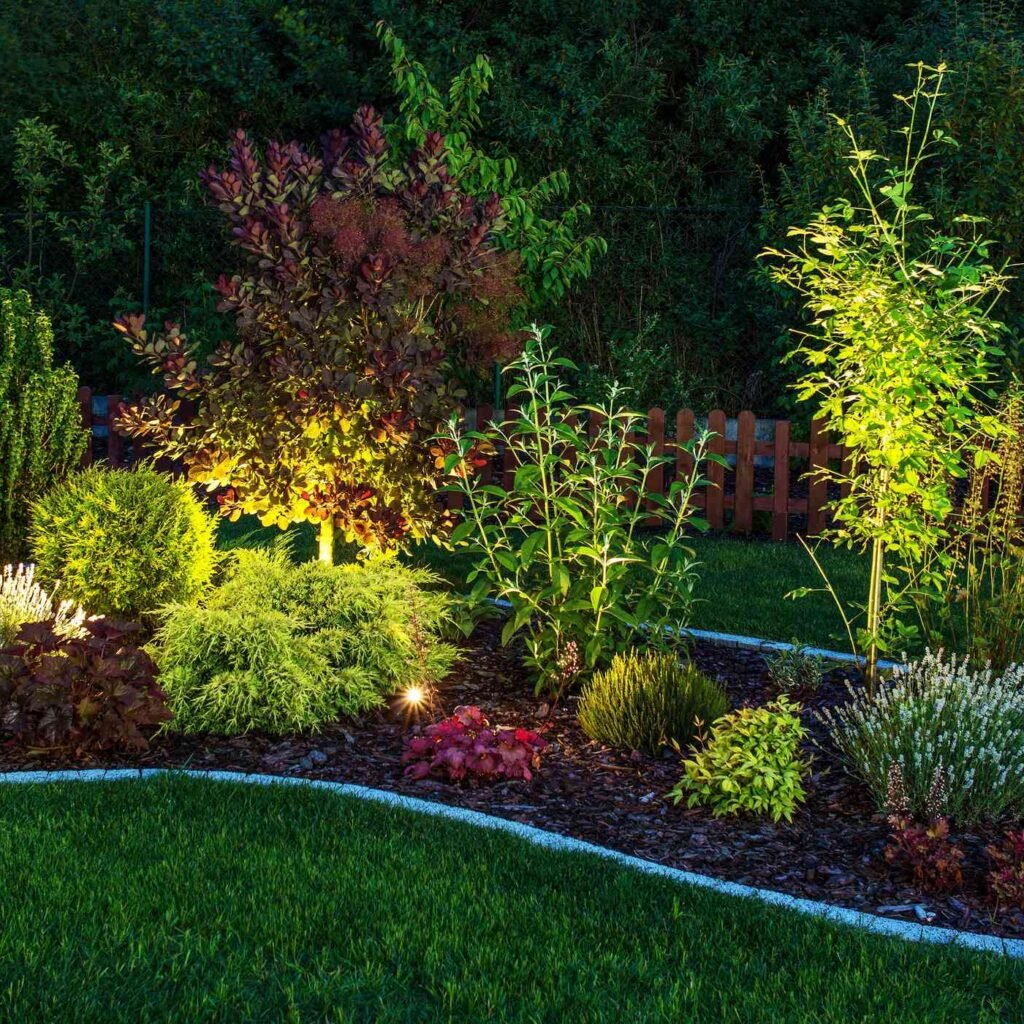A well-designed garden is a combination of natural beauty, thoughtful layout, and functional enhancements. While plants, flowers, and structures form the foundation of a garden, lighting plays a pivotal role in transforming it into a visually captivating, welcoming, and safe space—especially after the sun sets. Among various lighting options, pathway lighting is one of the most effective and versatile ways to elevate the look and feel of your garden. This article explores why adding pathway lighting enhances your garden and provides practical guidance for implementing it seamlessly.
1. Enhances Safety and Navigation

The most immediate and practical benefit of pathway lighting is safety. Gardens, especially those with steps, uneven surfaces, or winding paths, can become hazardous in low light. Well-placed pathway lights illuminate walkways, reducing the risk of trips and falls.
- Highlight Obstacles: Lighting near steps, slopes, or garden edges ensures that all obstacles are clearly visible.
- Guides Visitors: Lights act as a visual guide, subtly directing visitors along intended paths, preventing accidental trampling of plants or flower beds.
- Improves Nighttime Usability: With adequate lighting, gardens become accessible and enjoyable during evenings, extending their usability and social potential.
By combining safety with design, pathway lighting ensures your garden is both practical and aesthetically pleasing.
2. Creates Visual Interest and Ambiance
Pathway lighting is more than functional; it transforms the garden into an enchanting nighttime space. Properly designed lighting enhances textures, colors, and focal points in the garden.
- Highlighting Features: Lights can draw attention to trees, shrubs, sculptures, water features, or flowering beds, turning ordinary elements into nighttime focal points.
- Creating Depth: By placing lights at intervals or layering them with different intensities, you can create depth and perspective, making your garden appear larger and more structured.
- Mood and Atmosphere: Warm-toned lights evoke a cozy, inviting feel, while cooler tones add a contemporary and serene ambiance. String lights or low-voltage pathway lights can create a magical atmosphere, perfect for evening gatherings or quiet reflection.
Lighting is an art form in the garden, providing a subtle glow that elevates the beauty of every plant and pathway.
3. Defines Pathways and Garden Zones

Pathway lighting helps define spatial organization in your garden. Even in well-maintained gardens, unclear borders or transitions between zones can make spaces feel cluttered. Lighting provides structure by visually guiding visitors and creating distinct garden areas.
- Entrance and Exit: Illuminated paths make entrances and exits clear, improving orientation and welcoming guests.
- Zoning: Use lighting to separate functional areas such as dining spaces, flower beds, water features, or seating corners.
- Layered Illumination: Combining pathway lights with accent lights or spotlights creates layered effects, adding sophistication and elegance to your garden design.
Defined pathways enhance both the visual appeal and usability of your garden, making nighttime visits as enjoyable as daytime strolls.
4. Increases Safety and Security

Beyond aesthetics, pathway lighting contributes significantly to security. Well-lit gardens deter potential intruders by eliminating dark areas that could serve as hiding spots.
- Deterrent Effect: Uniform illumination along garden paths signals a well-maintained and monitored property, discouraging unwanted visitors.
- Integration with Motion Sensors: Motion-activated pathway lights enhance security while conserving energy. Sudden illumination can startle intruders while drawing attention to your garden’s layout.
- Safe Outdoor Activities: Adequate lighting allows families to safely enjoy the garden at night, whether for social gatherings, children’s play, or evening walks.
By blending safety, security, and design, pathway lighting elevates your garden in multiple dimensions.
5. Types of Pathway Lighting

Selecting the right type of pathway lighting is key to achieving both functionality and aesthetic appeal. Here are popular options:
- Solar Pathway Lights: Energy-efficient and easy to install, these lights charge during the day and automatically illuminate at dusk. They’re ideal for sustainable, low-maintenance gardens.
- Low-Voltage LED Lights: Provide bright, consistent lighting, ideal for formal pathways or high-traffic areas. LEDs are long-lasting, customizable, and available in warm or cool tones.
- Bollard Lights: Short posts with mounted lights create a modern, elegant look. Bollards work well in contemporary gardens and larger pathways.
- Recessed or In-Ground Lights: Installed flush with the surface, these lights provide subtle illumination without obstructing the pathway, offering a minimalist and sleek appearance.
- Accent and Spotlighting: Used in combination with pathway lights, these direct attention to key features such as trees, fountains, or sculptures, enhancing the garden’s visual depth.
Choosing the right combination of lighting ensures both safety and style.
6. Placement and Design Tips

Proper placement and design are crucial for achieving maximum impact with pathway lighting. Consider the following principles:
- Spacing: Position lights 6–10 feet apart for even illumination along pathways. Adjust spacing depending on light intensity and the width of the path.
- Height and Angle: Low-level lights keep glare minimal while casting a warm, inviting glow. For taller posts or bollards, ensure the light is angled slightly downward to avoid disturbing neighbors or pedestrians.
- Consistency: Use matching fixtures or complementary designs for a cohesive look. Mismatched lights can create visual clutter.
- Layering: Combine pathway lights with other garden lighting, such as spotlights for trees or soft uplighting for water features, to add depth and texture.
- Energy Efficiency: Use LED or solar-powered lights to reduce electricity consumption while maintaining brightness. Timers and motion sensors can further optimize efficiency.
Well-planned placement ensures that pathway lighting enhances both safety and visual appeal without overpowering the natural beauty of the garden.
7. Complementary Landscaping Enhancements
Pathway lighting works best when integrated with surrounding landscaping. Consider combining lighting with:
- Borders and Edging: Plants like low shrubs, ornamental grasses, or ground covers soften the light and add texture.
- Seasonal Flowers: Highlight colorful blooms for added nighttime interest. For example, late-blooming chrysanthemums or asters glow beautifully under soft lighting.
- Hardscape Elements: Stone paths, wooden decks, and water features reflect light and create captivating nighttime visuals.
- Trees and Vines: Uplighting or spotlighting trees and climbing plants adds vertical interest, making pathways feel more immersive and layered.
By coordinating lighting with plants and hardscape elements, your garden becomes a cohesive, multi-dimensional space.
Conclusion
Pathway lighting is one of the most effective ways to elevate your garden’s look and functionality. It provides safety, enhances aesthetics, defines spaces, improves security, and creates a captivating nighttime ambiance. By selecting the right type of lighting, planning placement strategically, and integrating it with landscaping features, you can transform a simple garden path into a visual masterpiece that draws attention and invites visitors to explore.
Investing in pathway lighting is more than a decorative choice—it’s a design strategy that extends the usability of your garden, highlights its beauty, and adds lasting value to your property. A well-lit garden pathway is not only functional but also a symbol of thoughtful design, turning your outdoor space into a luminous, enchanting haven after the sun sets.

Leave A Comment